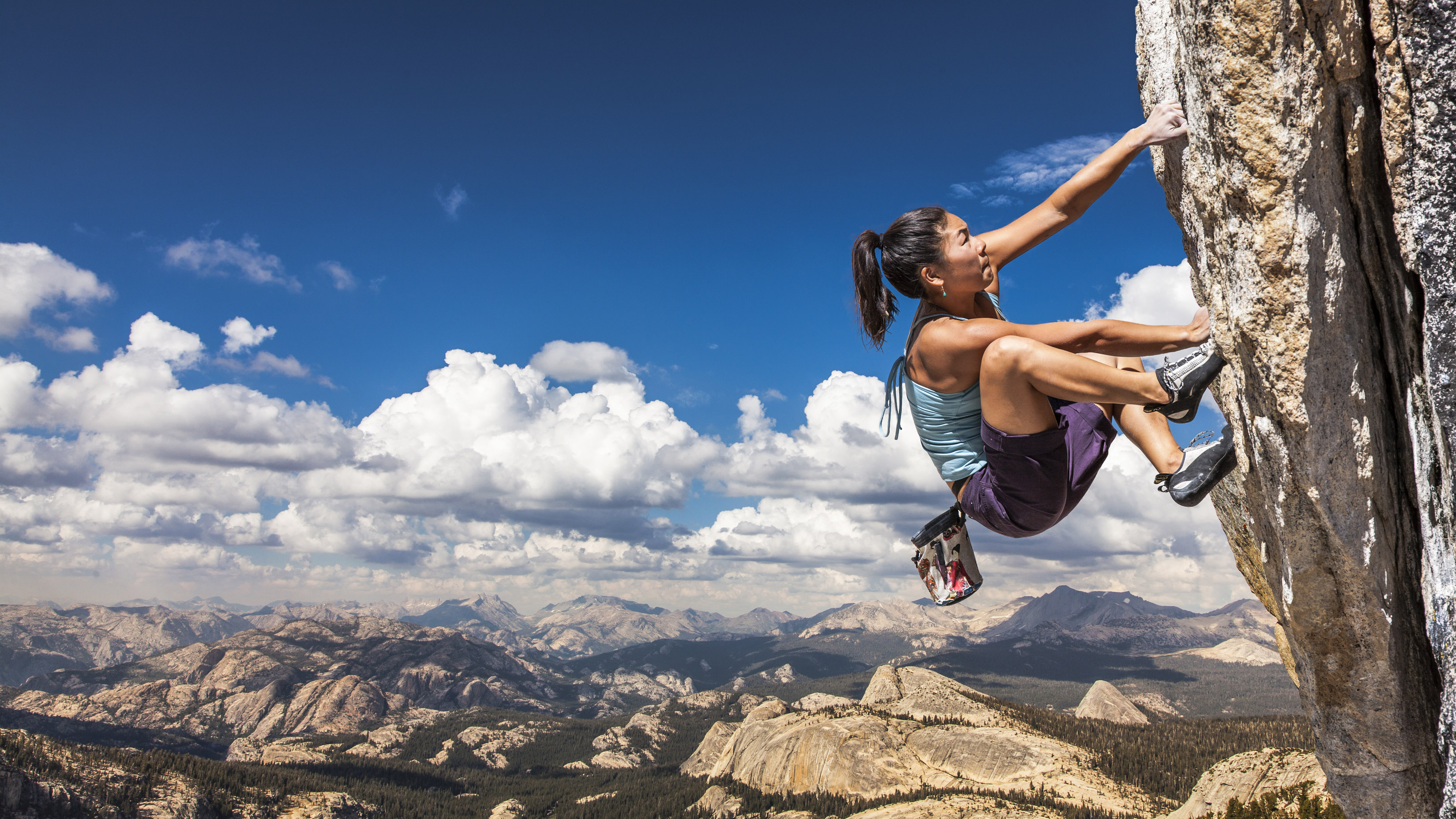
Unless you were living in a cave through 2017 and 2018, you’re probably aware of the term free solo. Alex Honnold’s incredible climb of the Freerider route on El Capitan without protective aids or ropes on 3rd June 2017 brought mainstream attention to the pursuit. The subsequent 2018 documentary film Free Solo gripped the world, bringing yet more attention to Honnold’s incredible feat and the world of free soloing – as well as winning an Oscar.
So, just what is this incredibly bold approach to rock climbing? Here, our mountaineering expert looks into free soloing, including its history, dangers and what it is that sets it apart from free climbing.
What is free soloing?
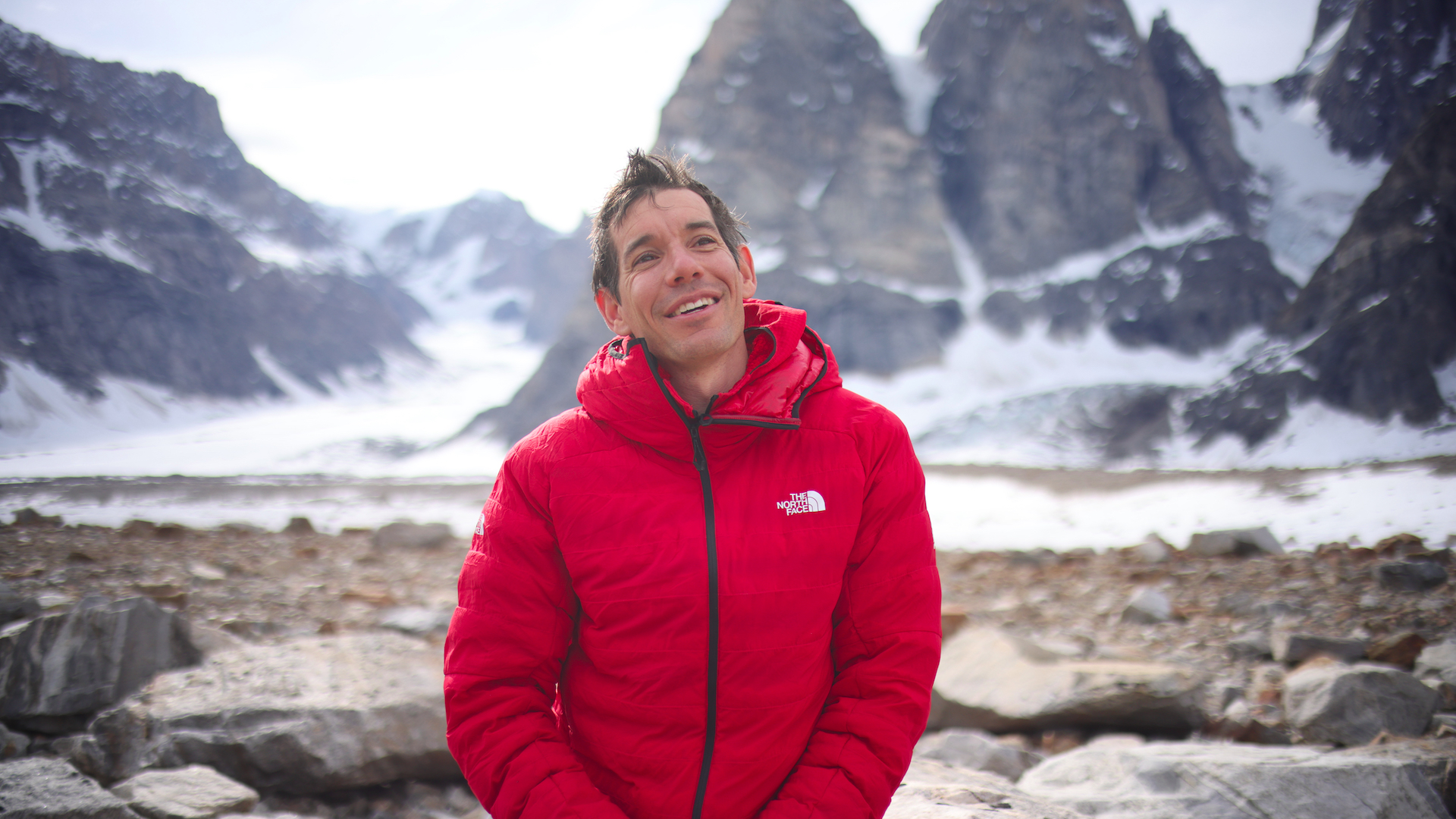
Free soloing is a style of climbing involving no rope and no protection. In many ways, it’s the purest form of climbing. Just the climber, a chalk bag, climbing shoes and the crag. No need for a partner. No hauling a rope to the base of the crag. No hanging around at a belay stance waiting for your second to come up. No faffing around with protection.
However, it’s an incredibly dangerous approach to climbing and only properly practised by a small minority. It's not something we'd encourage or advocate.
While solo implies that free soloing is done alone, it actually alludes to the fact that you don’t need a partner, as there’s no need for a belayer. Often, free soloists do climb alone and it can be a very personal experience, though climbers can also take the free solo approach and enjoy a route together.
The popularized image of free soloing, perhaps unsurprisingly given the success of the eponymous film, is of plucky souls climbing nerve-janglingly high cliffs, like the giants in Yosemite Valley and other big wall climbs. However, free soloing can apply to any rock route, even relatively straightforward single pitch climbs on smaller crags. It can also apply to mountaineering, ice climbing and mixed winter (rock, snow and ice) routes, as long as they are done without protection, as seen in the acclaimed 2021 film, the Alpinist (which is included, along with Free Solo, in our selection of the 10 best climbing films).
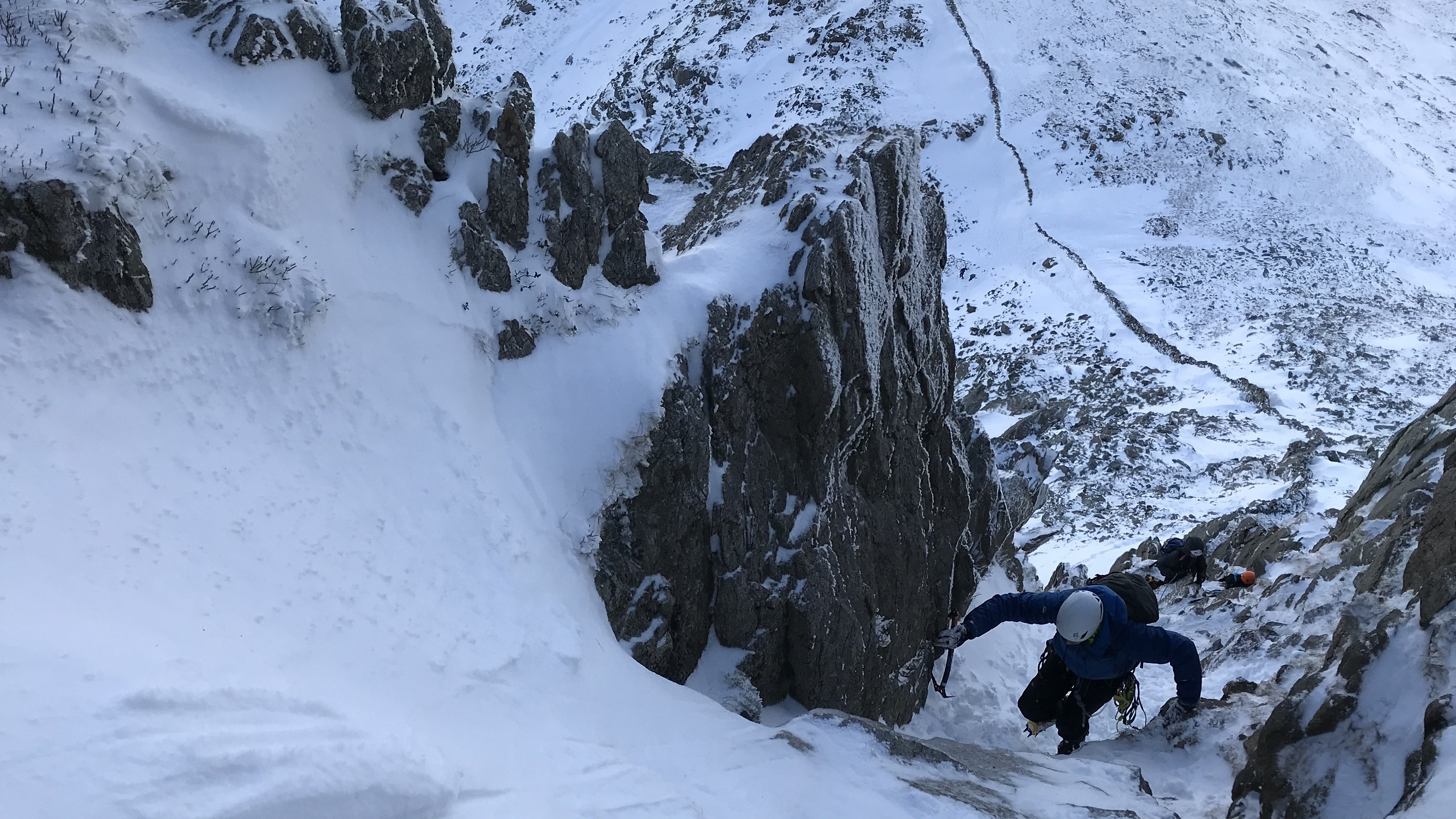
The boldest solo climbing I’ve ever done was probably Bristly Ridge, a Grade II/III winter climb on Glyder Fach in Wales’ Eryri (Snowdonia) National Park. Tellingly, it was the day before I bought my first climbing harness…
Meet the expert
Today's best deals
The history of free soloing
- The first recorded free solo was Walter Parry Heskett-Smith’s ascent of Napes Needle in 1886
- Free soloing really took off in Yosemite in the 1970s
- The greatest achievement in free soloing was Alex Honnold's El Cap climb in 2017
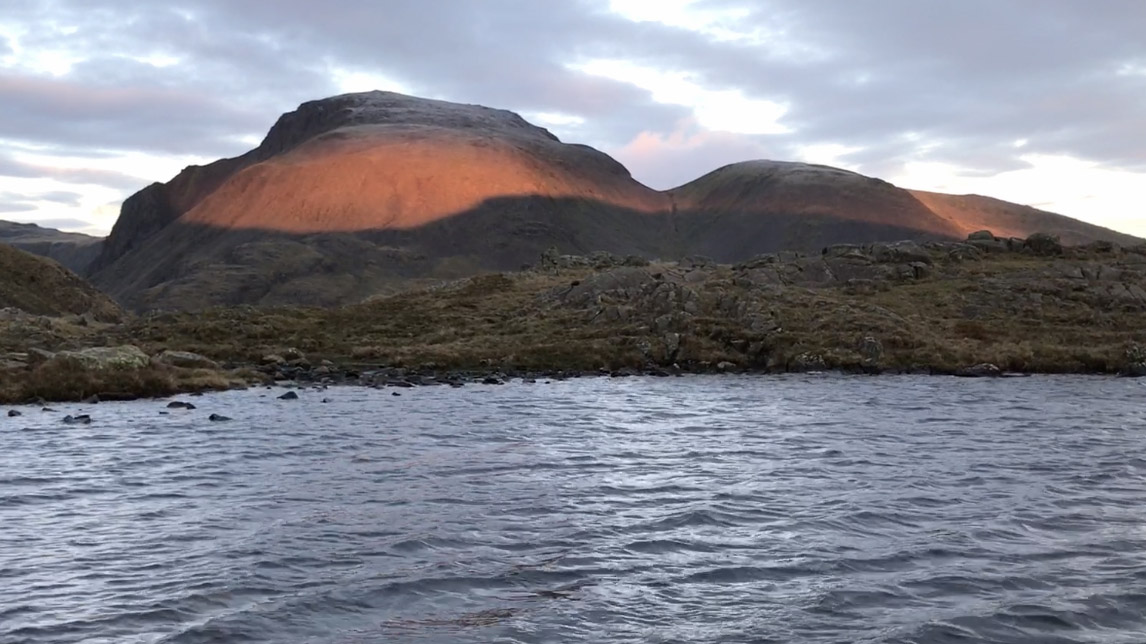
Often cited as the birth of the sport of rock climbing, Walter Parry Heskett-Smith’s 1886 ascent of a rock pinnacle named Napes Needle on Great Gable in the English Lake District is perhaps the birth of free soloing. It's considered so, as Heskett-Smith climbed the prominent pillar alone and without protection.
Where Yosemite is concerned, it was the 1970s when the pursuit started making waves. 1973 saw 19-year-old Henry Barber take on the 1500-foot Steck-Salathé route on Sentinel Rock in around two-and-a-half hours. Incredibly, he climbed the route on-sight, meaning it was his first time on it. Consider the nerve needed to launch into a climb without ropes having never practised it before. The mind boggles.

Barber was prolific, soloing hundreds of routes across the US, the UK, Europe and even in Kyrgyzstan. Others soloing in Yosemite during the 70s include the legendary John Bachar, who famously free soloed the three routes on the 450-foot Nabisco Wall in 1979. In the 1980s, characters like Peter Croft continued to pull off daring solos, such as Croft’s efforts on the Astroman and Rostrum routes.
Of course, it wasn’t all about Yosemite. There were many notable free solo ascents – too many to name here – on difficult crags, big walls and in the great mountains ranges across the world. The Millenium came and went but daring free solo ascents continued. The renowned Dean Potter’s soloing résumé included solos on the iconic duo of Fitz Roy and Cerro Torre in Patagonia in 2002, as well as an ascent of the North Face of the Eiger wearing a BASE parachute in 2008.
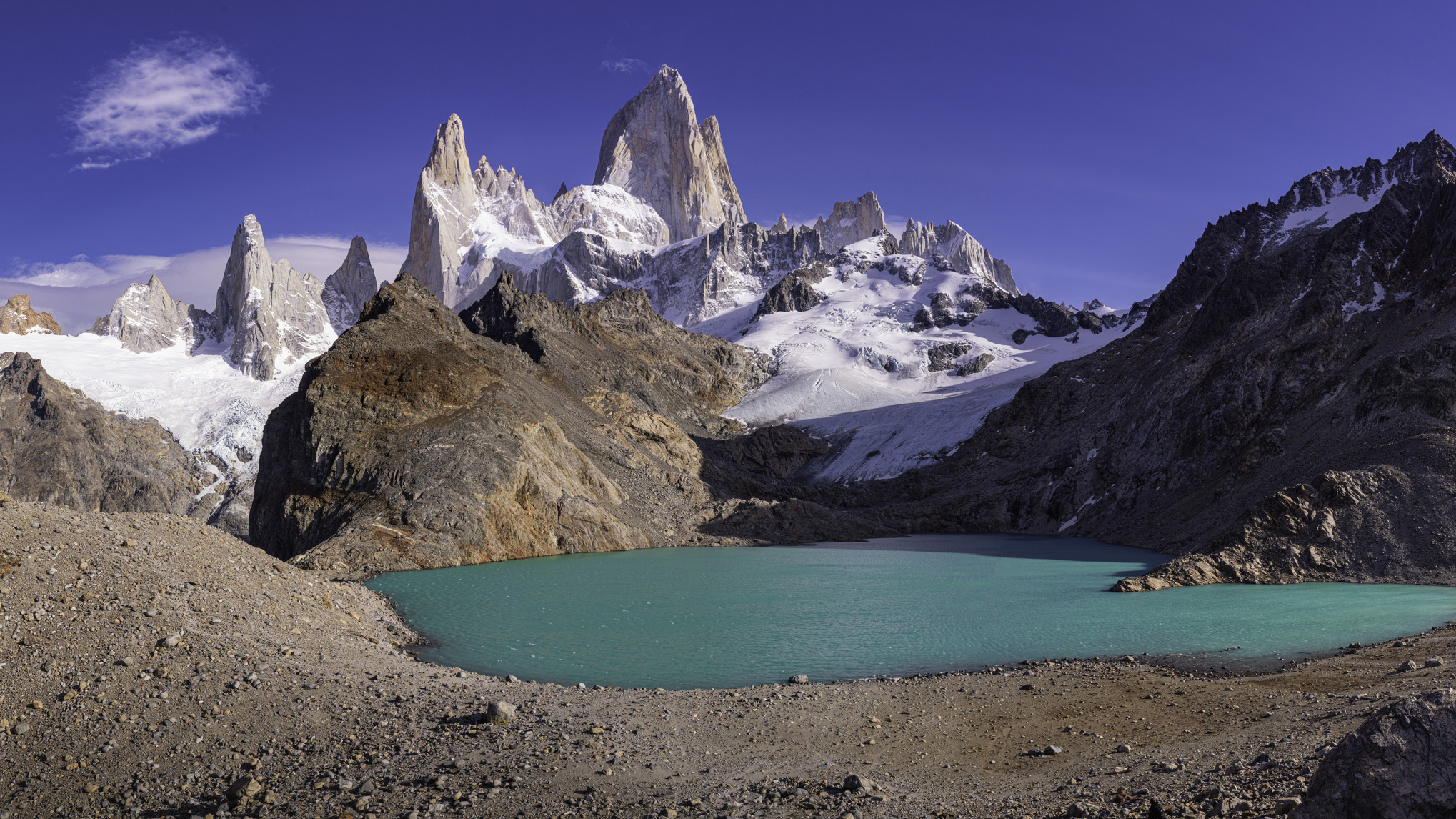
Of course, the greatest achievement in free soloing came in 2017, with Honnold’s much-documented climb of the Freerider route on El Capitan. The incredible achievements of Canadian solo alpinist Marc-André Leclerc, including an astonishing winter climb of Patagonia’s Torre Egger, became the subject of another critically acclaimed documentary, the Alpinist in 2021. Leclerc tragically died in 2018, killed in an avalanche on Alaska’s Mendenhall Towers.
Leclerc’s then girlfriend Brette Harrington is one of the leading female free soloists and notably free-soloed Patagonia’s Chiaro de Luna route in 2015. Other legendary female characters include Steph Davis, who has free-soloed a number of routes throughout the Western States, including four successes on the Diamond Face of Longs Peak.
How dangerous is free soloing?
- Free soloing can be very, very dangerous
- This is because there's no protection against a fall
- Many notable free soloists have died while soloing
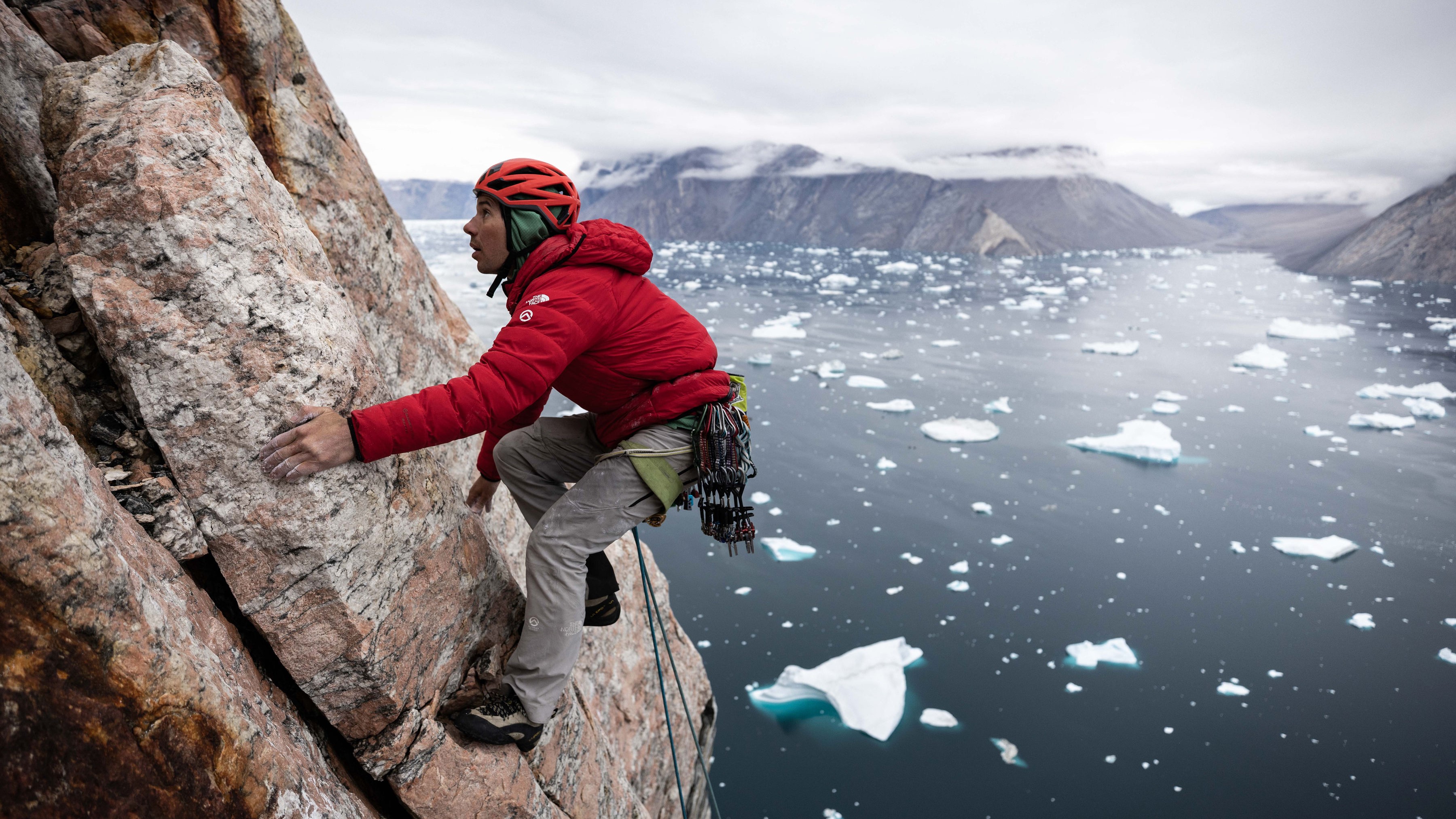
I was lucky enough to attend a Q&A screening of Free Solo at Waterloo’s IMAX in London. One of the kids in the audience asked Alex Honnold something along the lines of: “How would you recommend getting into free soloing?” The audience laughed, fully aware of the awkward position in which this put Honnold, who also laughed before gathering his thoughts. I don’t remember his exact response, but it was something along the lines of “I wouldn’t necessarily recommend getting into free soloing”.
This is because free soloing is dangerous, very dangerous. In Free Solo, elite climber Tommy Caldwell points out: “Everyone who has made free soloing a big part of their life is dead now.” With the protection stripped away, all it takes is a lapse in concentration, a loose hold, a falling rock, a startled animal or a sudden change in the weather to land the climber in serious trouble.
Many notable free soloists have perished while practising the pursuit, including the superstar John Bachar, who died at Dike Wall near Mammoth Lakes in California on 5th July 2009, and Derek Hersey who, in 1993, fell from the same Steck-Salathé route that Henry Barber originally soloed in 1973.
What's the difference between free climbing and free soloing?
- Free climbing is any form of climbing where only the rock is used to make upward progress, rather than mechanical aids
- Trad and sport climbing are still free climbing as the protective gear is only used for safety, not to enable progression up the rock
- Free soloing is simply free climbing taken to its most stripped back extreme
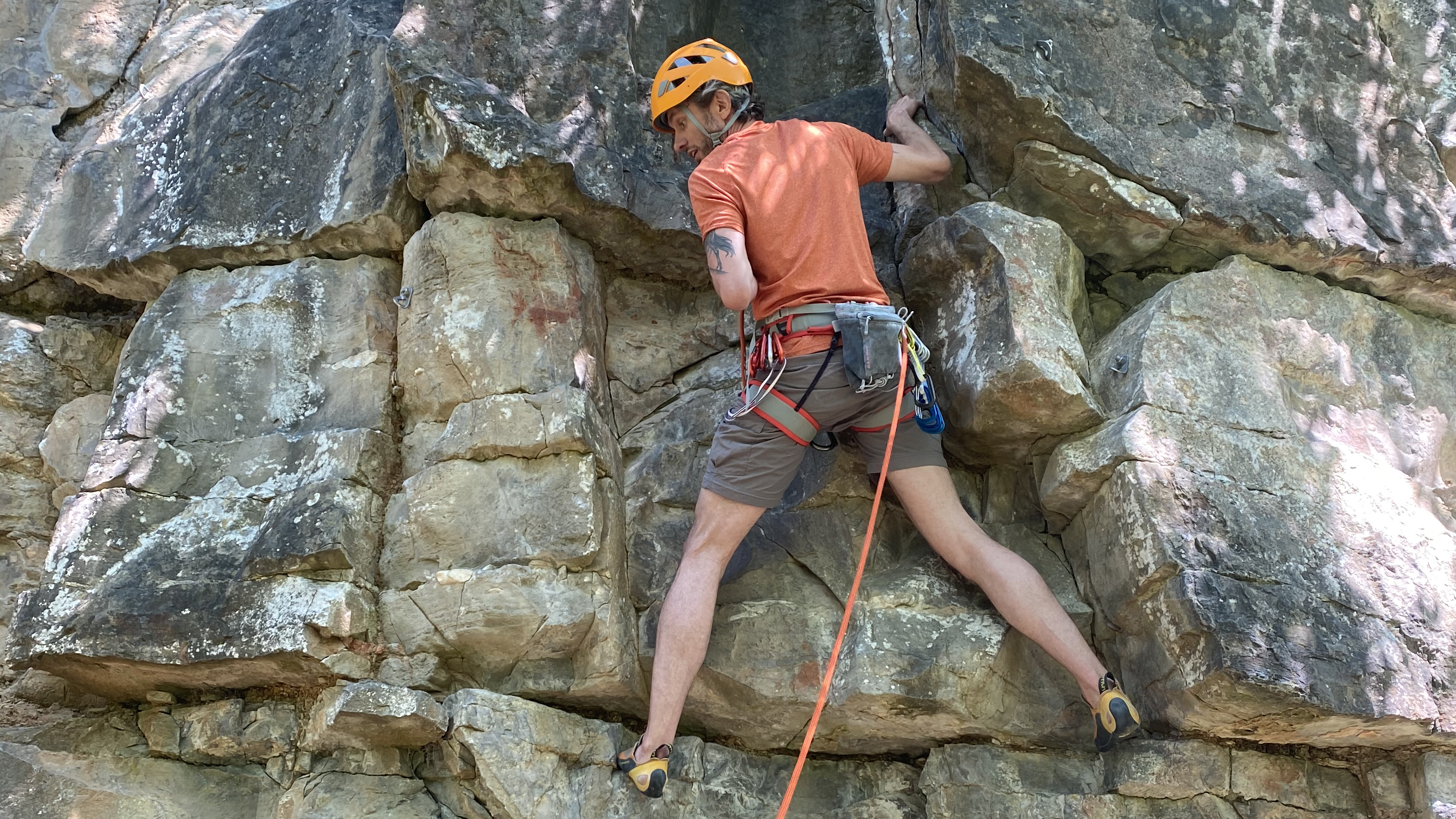
We’ve already dealt with the definition of free soloing, so what sets it apart from free climbing?
Free climbing is any form of climbing where the climber makes upward progress using only the rock, without the use of mechanical aids or steps attached to the crag. Free soloing is therefore a form of free climbing, along with both sport climbing and trad climbing climbing. Sport and trad are examples of free climbing because, despite the use of items like bolts, quickdraws, nuts, hexes and cams, these devices are used to protect against a fall, rather than to assist upward progress. Bouldering is another form of free climbing.
The alternative to free climbing is aid climbing, where climbers have the option of using devices and/or etriers (ladders made of webbing) to ascend. Aid climbing often makes use of ascenders, often called jumars, which are mechanical devices that are used to ascend a rope. They’re commonplace in big wall climbing and are also often used to bypass technical or steep sections on big Himalayan expeditions.
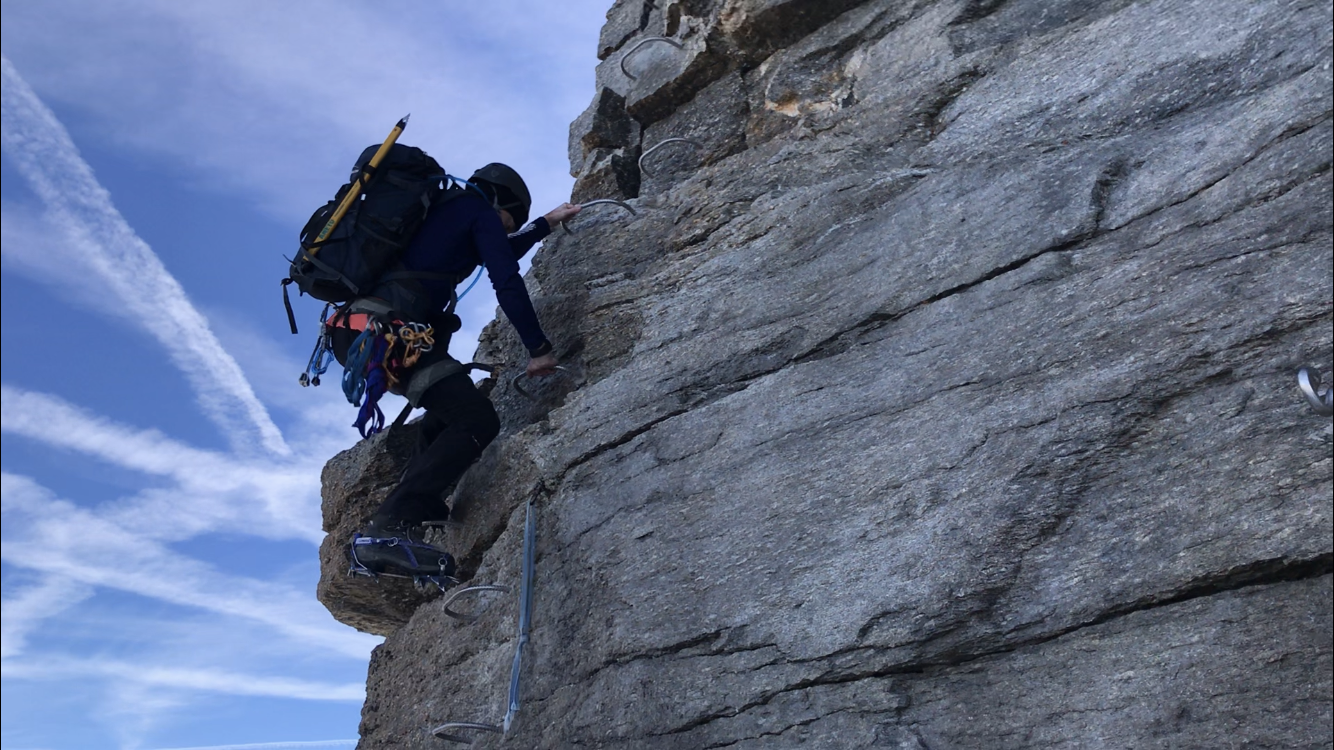
Another good example of a climbing approach that doesn't qualify as free climbing is via ferrata. When tackling a via ferrata route, you'll likely make use of metal steps, bridges and other artificial aids that support your progress.
This all means that free soloing is simply free climbing taken to its most stripped back, pure and dangerous extreme, with the protection removed and the stakes ramped up to eleven!







